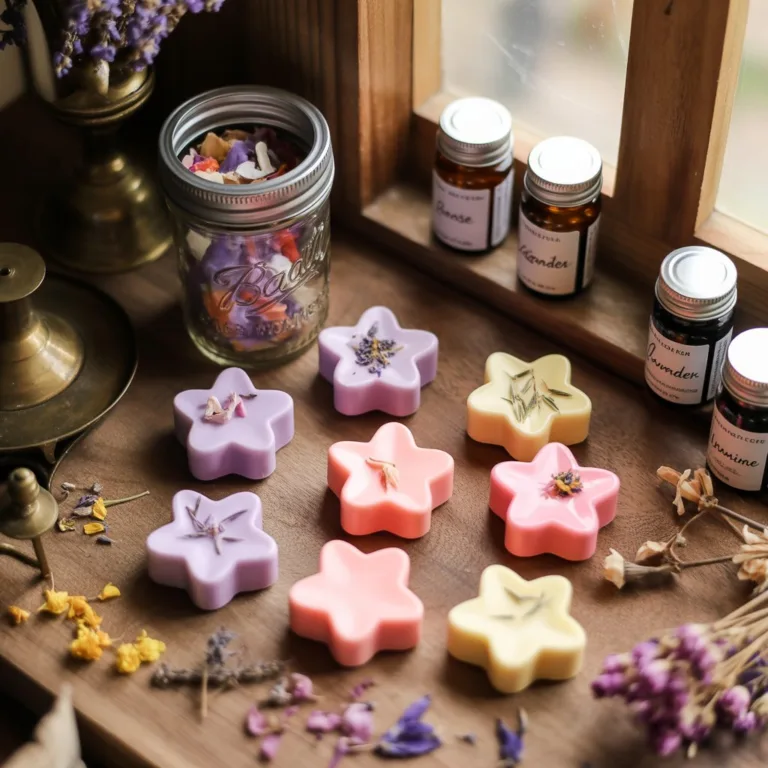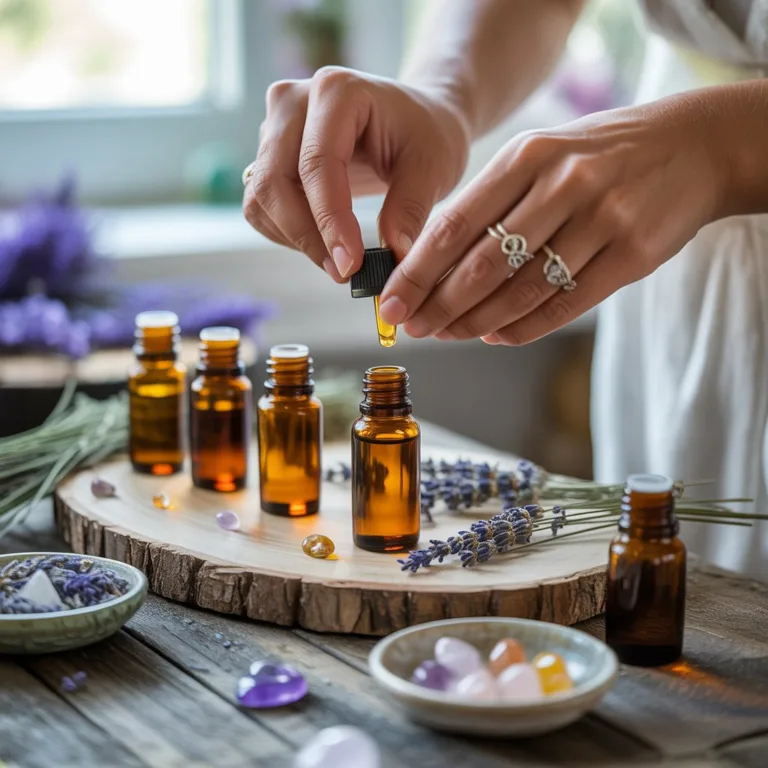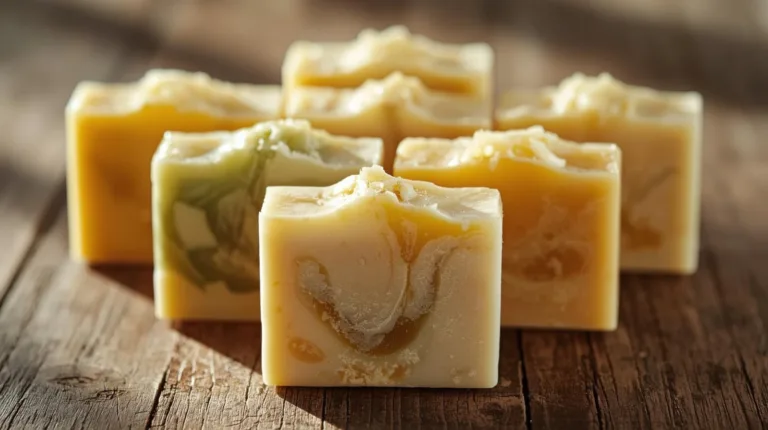Natural soaps are a wonderful alternative to commercial ones because they are gentle on the skin, biodegradable, and often free from harsh chemicals. However, unlike mass-produced soaps with synthetic stabilizers, handmade or natural soaps require a bit more care to maintain their quality over time. Knowing how to store and preserve natural soaps ensures they last longer, retain their fragrance, and continue to nourish your skin effectively.

Understanding What Makes Natural Soaps Unique
Natural soaps are typically made using oils, butters, lye (sodium hydroxide), and natural additives such as herbs, clays, essential oils, and botanicals. Unlike synthetic bars, which often contain preservatives and hardening agents, natural soaps rely on the curing process and ingredients like coconut oil or olive oil to achieve firmness.
Because of this, they are more sensitive to humidity, sunlight, and temperature changes. Without proper storage, they can soften, lose scent, or even develop surface residues over time. Understanding their natural composition helps you protect them properly.
Why Proper Storage Matters
Natural soaps continue to react with the environment even after they have cured. Excess moisture can make them slimy, while heat or light may cause the essential oils to evaporate. Proper storage:
- Extends the soap’s shelf life
- Preserves scent and color
- Prevents bacterial growth
- Maintains the soap’s hardness and texture
- Reduces waste and saves money
Whether you make your own bars or buy them from an artisan, following the right storage techniques will make a noticeable difference.
Storing Natural Soaps Before First Use
When your natural soaps are still new or freshly cured, proper pre-use storage is key to keeping them in perfect condition.
Keep Them in a Cool, Dry Place
Store your soaps in an area with good air circulation and low humidity. A linen closet, pantry shelf, or drawer works well. Avoid bathrooms or laundry areas, as these tend to be humid and may cause your bars to absorb moisture.
Use Breathable Packaging
Wrap individual bars in breathable paper such as kraft paper, parchment, or wax paper. Avoid sealing them completely in plastic, as this can trap moisture and promote mold growth. Some artisans prefer storing soaps in cardboard boxes lined with tissue paper for additional airflow.
Separate Scents
Essential oils are volatile and can easily mix. If you have soaps with different fragrances, store them separately to avoid scent contamination. Placing them in small boxes or cloth bags can help retain each aroma.
Allow Air Circulation
Stacking bars too tightly can prevent air circulation, which is essential to keep them firm. Place them in single layers or use shelves with space between each soap.
Keeping Soaps Fresh During Long-Term Storage
If you produce or buy soap in bulk, you may need to store them for several months or even a year. To preserve them effectively, apply these additional techniques:
Use Silica Gel Packs
Adding silica gel packets to your storage boxes can absorb excess moisture, preventing softness and discoloration. These are especially useful if you live in a humid climate.
Store in Wooden or Cardboard Boxes
Avoid airtight containers. Instead, use boxes made of natural materials like wood or thick cardboard. These allow air to circulate while keeping dust away.
Rotate Stock
When you store multiple bars, use the “first in, first out” method. Older bars should be used first to ensure none of them sit too long and lose their scent or quality.
Avoid Temperature Fluctuations
Keep your soaps in a stable environment. Extreme temperatures can cause sweating or cracks. Ideally, store them at around 15–25°C (59–77°F).
Preserving Natural Soaps in Use
Once you start using a bar, how you store it between washes makes a big difference in its longevity.
Keep the Soap Dry Between Uses
The main reason natural soaps melt quickly is because they sit in water. Always store your soap on a well-draining soap dish made from bamboo, ceramic, or stainless steel. Avoid plastic dishes without holes, as they trap water.
Alternate Between Bars
Using multiple bars at once and alternating between them allows each one to dry completely, extending their lifespan.
Trim Edges as Needed
If your soap develops soft edges, you can gently trim them with a knife and let the bar air dry. This prevents soggy buildup and keeps the bar firm.
Use a Soap Saver Bag
Soap saver bags made from natural fibers like sisal help preserve small soap pieces and improve lathering. They also allow air to flow, keeping the soap dry between uses.
How to Store Natural Soap in the Bathroom
Bathrooms are naturally humid environments, so special care is needed.
- Use a covered soap dish with ventilation holes.
- Keep the soap away from direct shower spray.
- Avoid placing soaps near heat sources like radiators or hairdryers.
- Use a dehumidifier or open the window after showers to reduce moisture buildup.
Even better, keep a rotation of soap bars — one in the bathroom and others in a dry area, allowing you to replace them when needed.
Tips for Preserving the Scent and Quality of Natural Soaps
Essential oils are sensitive to light and temperature. Here’s how to preserve your soap’s aroma and color:
- Store away from sunlight: UV rays can fade colors and weaken essential oils.
- Use dark storage areas: A cabinet or drawer works well.
- Keep away from strong odors: Soaps can absorb scents from nearby items like cleaning products or perfumes.
- Add natural fragrance boosters: Place dried lavender, rosemary, or mint leaves in the storage box to complement the soap’s scent naturally.
Preserving Specialty Natural Soaps
Some natural soaps contain extra ingredients like honey, milk, or fruit extracts. These bars tend to have a shorter shelf life. For such soaps:
- Store them in the refrigerator if they contain perishable ingredients.
- Keep them tightly wrapped to prevent scent loss.
- Use them within six months for best results.
If you sell soaps at markets or fairs, ensure they’re displayed away from direct sunlight and covered when possible.
Troubleshooting Common Storage Problems
Even with good care, issues can sometimes occur. Here’s how to handle them:
- Sweating: When glycerin attracts moisture, small beads may appear on the surface. Simply wipe the bar and move it to a drier environment.
- Cracking: This happens when soaps are stored in overly dry conditions. Wrap them lightly in wax paper to retain some moisture.
- Color Fading: Store away from light and heat. Natural colorants like clays and botanicals are sensitive to UV exposure.
- Loss of Scent: Refresh older bars by placing them in a closed box with dried herbs or essential oil-scented sachets.
Eco-Friendly Packaging Ideas for Natural Soaps
If you make or gift soaps, presentation matters — and sustainable packaging enhances their appeal. Try:
- Kraft paper labels with twine
- Fabric wraps made from recycled cotton
- Reusable tin containers
- Seed paper packaging that can be planted after use
These not only protect the soap but also align with eco-conscious values and sustainability principles.
Creative Storage Displays
Storing natural soaps can also be decorative. Use your creativity to turn your storage into a visual feature:
- Arrange soaps by color and scent in open wooden trays.
- Use glass jars with cork lids for a rustic look (only for short-term display).
- Combine them with dried flowers or herbs for natural aroma decor.
- Stack wrapped bars in wicker baskets to enhance a cozy, handmade aesthetic.
The Sustainable Aspect of Proper Soap Care
Preserving natural soaps isn’t just about aesthetics or convenience — it’s also an environmental practice. Each bar that lasts longer reduces the need for frequent replacements, lowers packaging waste, and minimizes resource consumption in production. By taking care of your soaps, you extend the life cycle of your eco-friendly choices.
Proper storage also ensures that all-natural ingredients — from olive oil to cocoa butter — deliver their full benefits to your skin without spoilage. It’s a small, mindful act that reflects a larger commitment to sustainable living.
Encouraging Mindful Habits
Learning how to store and preserve natural soaps helps you connect more deeply with sustainable self-care. Each time you unwrap a handmade bar, you engage in a ritual that supports artisans, reduces waste, and promotes conscious consumption.
With a little care, your natural soaps can stay beautiful, fragrant, and effective for months — reminding you that sustainability begins with everyday choices.

Lucas Hartman is a DIY enthusiast and sustainability advocate focused on natural crafts and eco-friendly home décor. With a background in arts and design, Lucas creates tutorials that help families and hobbyists transform everyday recycled or organic materials into beautiful, functional projects.



